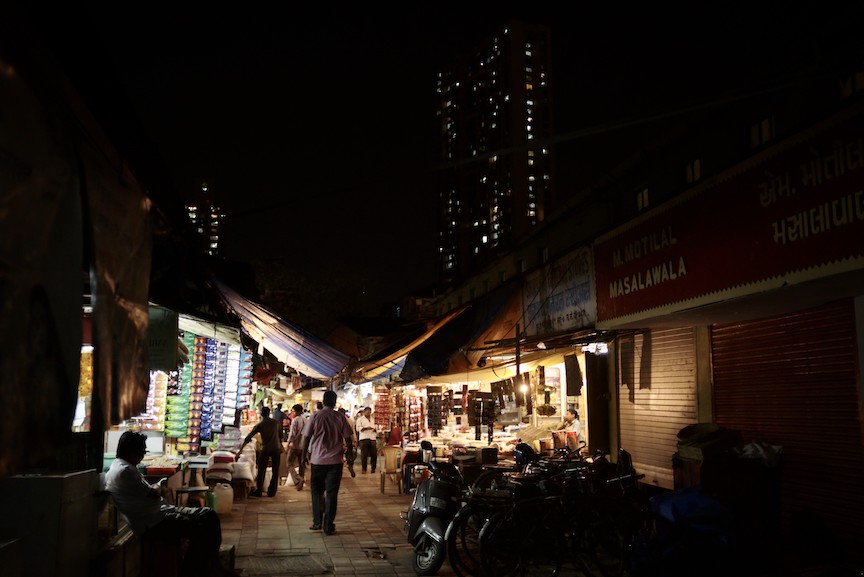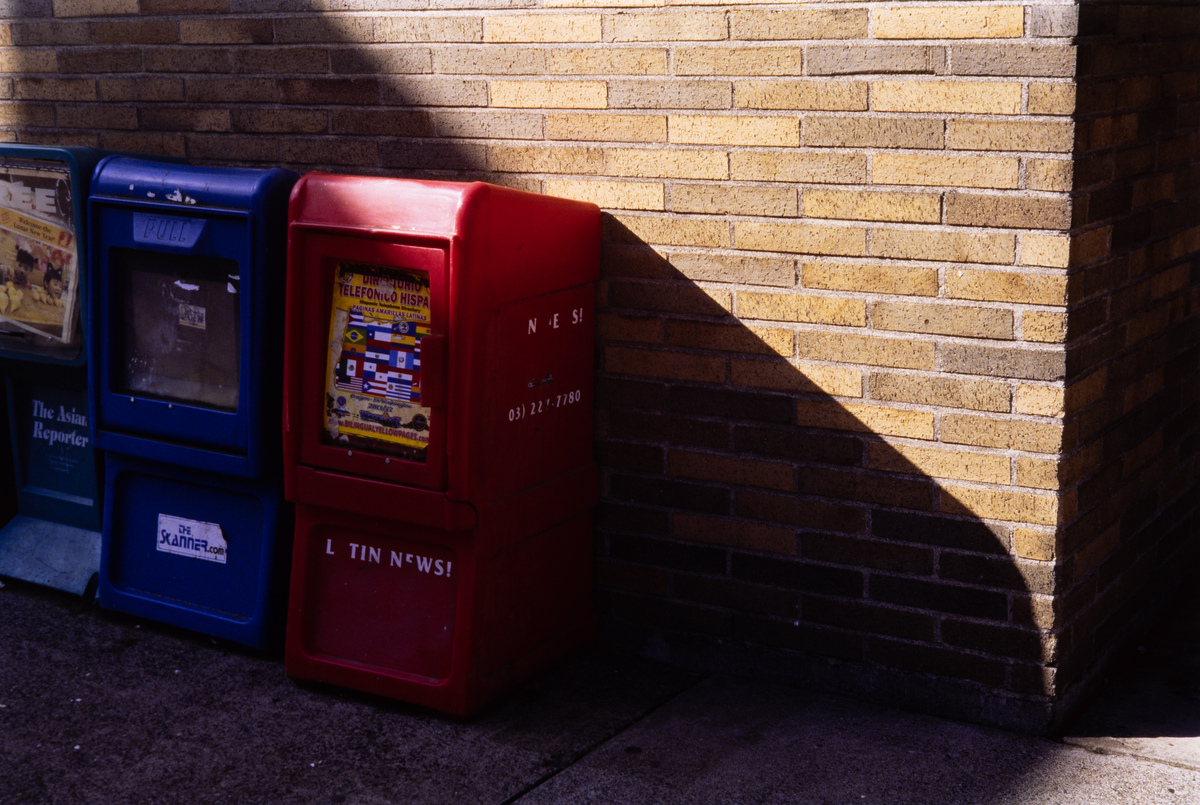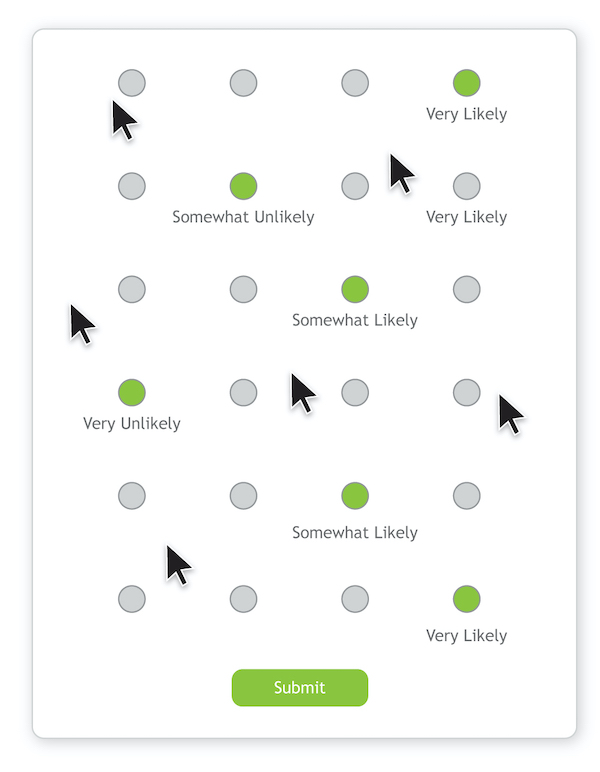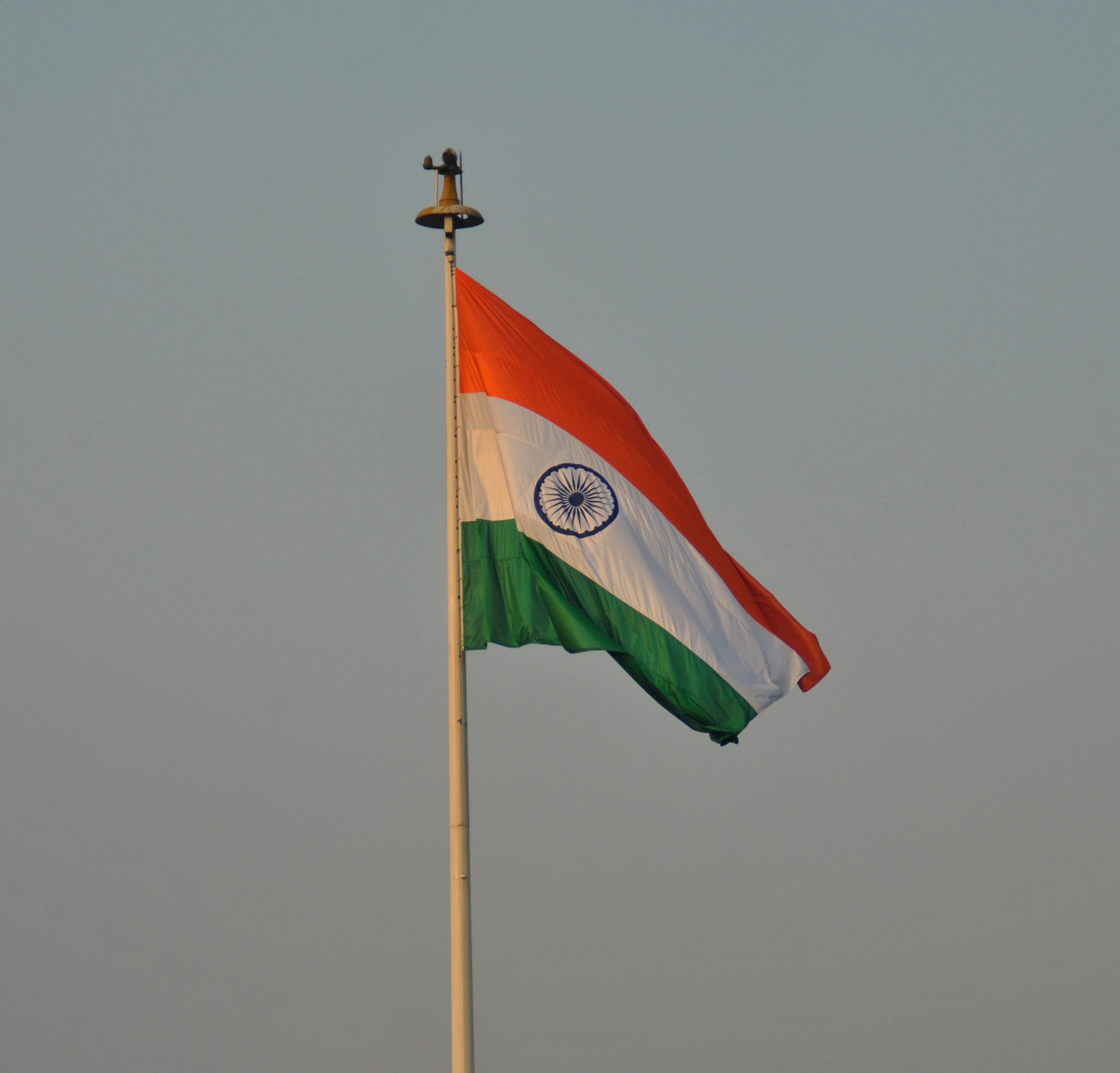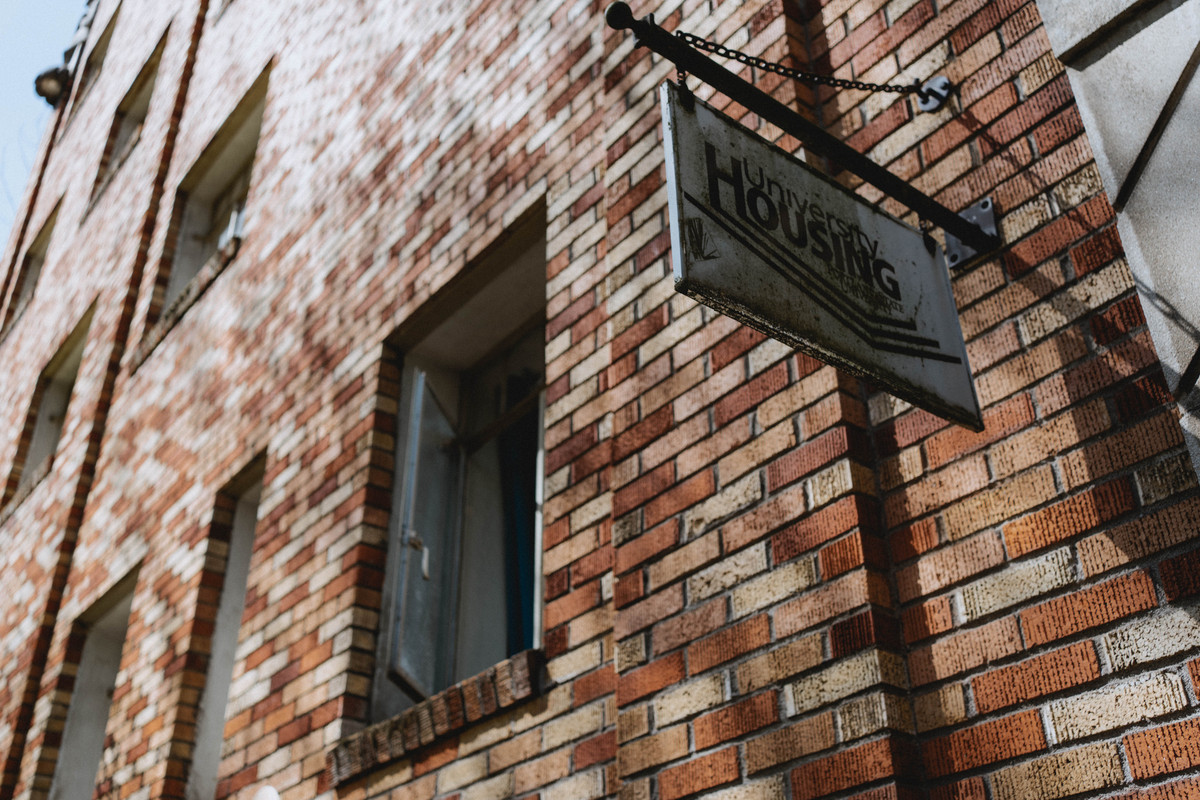Prime Minister Narendra Modi announced an extension on April 11 to India’s lockdown, which was originally due to end April 12, according to BBC. Modi described the next few weeks as critical to witnessing the impacts of recent provisions.
It has been more than two months since the first COVID-19 case was detected in India. Nearly 8,000 people have tested positive as of April 11, and approximately 288 have died according to BBC. As testing services increase, the virus is spreading rapidly in dense communities and cities. India’s economy is also built on interstate migration of workers who make up the service and construction industries.
Many of the infectious hotspots are in dense cities such as Mumbai, which is home to approximately 20 million people and makes up more than a third of India’s tax revenue. Additionally, the manufacturing and service industries have been on strict lockdown to prevent contamination. Unemployment rose to more than 20% after the lockdown in March, according to a report by the Center for Monitoring Indian Economy.
1.3 billion people are confined in their homes, prohibited to attend any public gatherings or non-essential businesses. Business shutdown will affect nearly 81% of workers, threatening an already low wealth economy. Factories have been shut down, which has halted construction sites.
Many at risk are migrant workers in hospitality, retail trade and transport who already have limited or no access to healthcare or social security. A report by the World Bank Group warned widespread food security will be under threat in the future.
“The priority for all South Asian governments is to contain the virus spread and protect their people, especially the poorest, who face considerably worse health and economic outcomes,” stated Hartwig Schafer, World Bank vice president for the South Asia region in a press release.
Gabriel Leung, an infectious disease epidemiologist and dean of medicine at the University of Hong Kong, suggested rounds of supperess and lift cycles might be India’s best chance. Leung described these periods as “restrictions are applied and relaxed, applied again and relaxed again, in ways that can keep the pandemic under control, but at an acceptable economic and social cost,” according to The New York Times.
Some areas’ attempts to control the pandemic have been successful. The Washington Post reported in the state of Kerala, the government’s response has been successful at flattening the curve. Efforts include aggressive testing, contact tracing, enforcing longer quarantine and providing shelter and cooked meals to those in need. Kerala was the first state in India to report a coronavirus case back in January. As of April, the number of cases have dropped 30%, according to India Today.
Succession areas such as Kerala does not mean the emergency is over. “We hoped for the best but planned for the worst.” said K.K. Shailaja, Kerala’s health minister to The Washington Post.
Throughout India, screenings in airports have tightened and travelers from coronavirus hotspots are required to quarantine upon arrival. Temporary quarantine shelters are available for tourists and non-residents in need of shelter.
Rural areas in India are most vulnerable to contracting COVID-19, as the areas lack access to clean water to provide basic hygiene resources.
The National Survey’s Office reported 80% of rural Indian households do not have piped water, compared to nearly 60% of homes in urban areas.
The need extends beyond India into other communities that lack access to water facilities. A study from the World Health Organization reported nearly 40% of the global population doesn’t have access to running water.
Ganna Pogrebna, a business professor of the University of Birmingham, told National Geographic, “the main issue is that it is caused not just by human psychology or habit, but also by objective factors, like water shortages.”
Modi promised in 2019 piped water would be provided to every rural household by the year 2024.
The World Bank Group is also enacting a response that will increase disease surveillance, improve public health and help the economy continue to operate and sustain jobs. $160 billion in financial support will be deployed over the next 15 months to help slow the pandemic.

